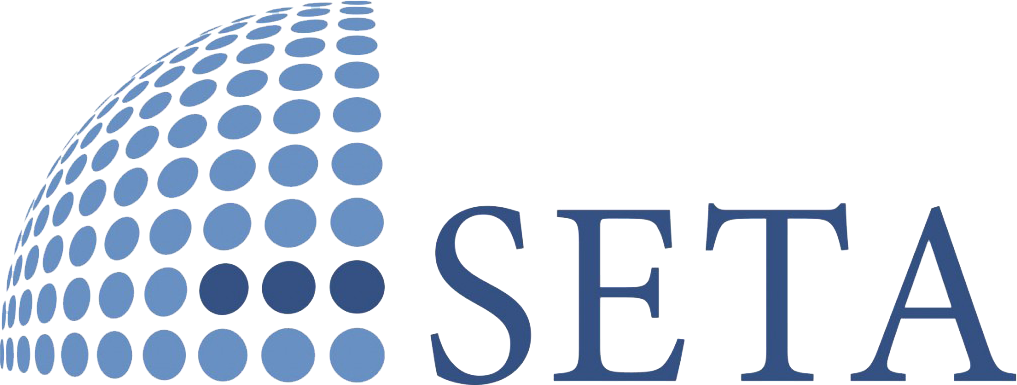American athletes finished first at the Paris Olympics, winning a total of 126 medals: 40 gold, 44 silver, and 42 bronze. This victory continues a familiar trend, as the U.S. has consistently been the most successful nation at the Olympics, including in 2020 Tokyo, 2016 Rio, and 2012 London. The only exception in recent history was the 2008 Beijing Olympics, where the host nation, China, took the top spot. Otherwise, the U.S. claimed first place at the 2004 Athens, 2000 Sydney, and 1996 Atlanta Olympics. In the 1992 Barcelona Olympics, the U.S. finished second to the Unified Team, composed of athletes from the former Soviet republics. During the Cold War, the Olympics became a battleground for ideological supremacy between the U.S. and the Soviet Union. Even before the Cold War, the U.S. frequently topped the medal table, consistently placing in the top two since the first modern Olympics in 1896—a feat that is far from coincidental.
A Culture of Competitive Athlete Development
The secret to America’s Olympic success lies not just in widespread participation in sports or superior infrastructure, but in a deeply ingrained culture of developing competitive athletes. Despite American football and baseball being the most popular sports domestically, with limited international following, the U.S. still produces world-class athletes for Olympic sports, thanks to the prevalence of competitive sports. According to a Pew survey conducted in February 2022, nearly half of Americans (48%) participated in organized competitive sports in high school or college. Notably, 39% participated in high school, and 7% in both high school and college. It's likely that the elite athletes who succeed at the Olympics largely come from this 7%.
In the U.S., sports—both team and individual—are integral to the education system from elementary school onward. Participation in sports is encouraged and rewarded both academically and financially. By middle school, playing sports becomes a graduation requirement, and high school teams compete for sponsorships from private companies. Sponsorships from major sports brands like Nike and Gatorade, as well as from corporate giants like Coca-Cola and McDonald’s, not only provide goals for young athletes but also enable schools to invest in infrastructure. The availability of corporate sponsorships for young athletes means that excelling in competitive sports can lead to financial rewards and educational opportunities.
The Relationship Between Sports and Academic Achievement
High school athletes also compete for athletic scholarships, allowing them to continue their education while excelling in sports. In other words, students don’t have to choose between sports and academic success—they can achieve both. While extracurricular activities like sports, arts, and community service are important for college admissions, athletes can sometimes gain entry to universities through sports scholarships, even if their academic grades are not stellar. College coaches actively recruit top high school athletes, often offering full scholarships to secure their commitment.
The contribution of organized competitive sports at the university level is a cornerstone of America’s Olympic success. Of the 126 medals won by American athletes in Paris, 39 (including 12 golds) were earned by students from Stanford University. The dominance of athletes from Harvard, Cal, Penn State, UCLA, and other American universities in the Olympics highlights how deeply competitive sports are integrated into the academic system and how much institutional support they receive. Even smaller city universities can draw tens of thousands of spectators to their football and basketball games, driving significant investment in sports. Sporting events have become major economic activities in college towns, creating a dynamic ecosystem involving student-athletes, universities, and private companies.
This system, however, is not without its criticisms. Some argue that certain students gain entry to elite universities primarily due to their athletic achievements, despite lacking sufficient academic qualifications. There have also been scandals in recent years involving college admissions, where some sports coaches accepted bribes to admit students under athletic quotas. The physical demands and high expectations in competitive sports are also known to negatively impact athletes' mental health. For example, Simone Biles, considered one of the greatest gymnasts of all time, withdrew from the Tokyo Olympics citing mental health reasons. Nevertheless, the Pew survey mentioned earlier found that 82% of those who participated in organized competitive sports in high school and college reported improved physical health and self-confidence. It’s clear that the integration of competitive sports into the education system, with both financial and emotional rewards, plays a critical role in America's consistent success in the Olympics and sports overall.





